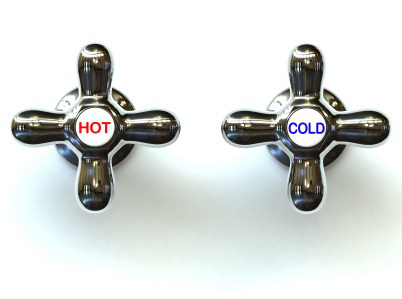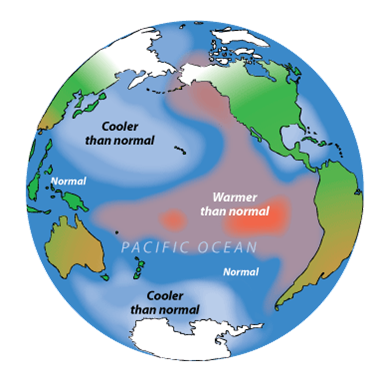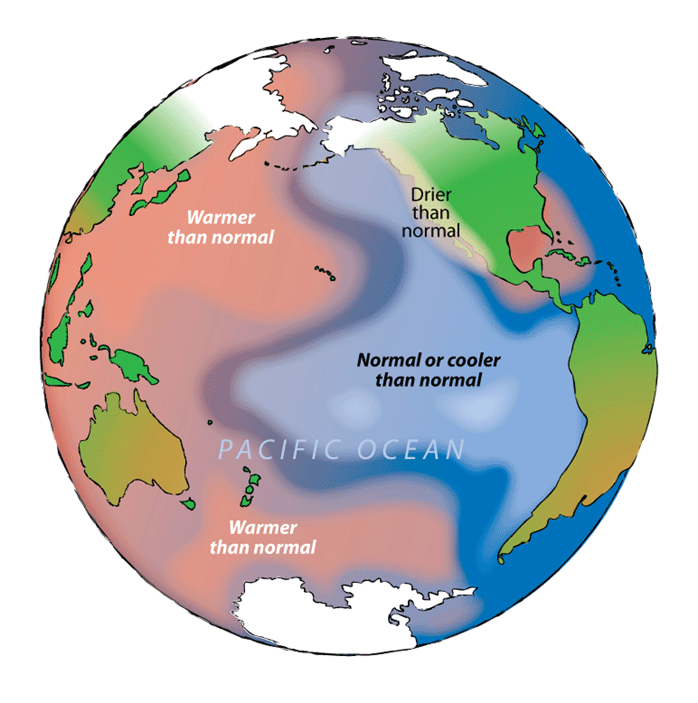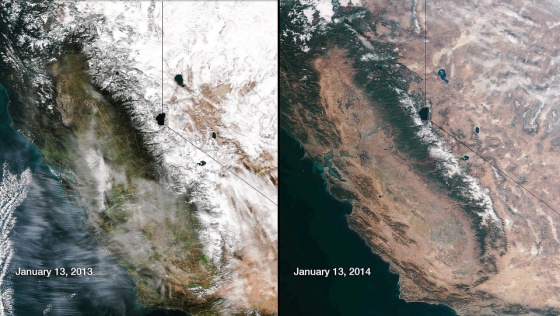
ADVERTISEMENT
The Almanac has historically been very accurate with weather predictions. But to place blame on the staff for the lack of rain is crazy and I personally feel no apologies are necessary.
The Almanac offers weather PREDICTIONS. Information is gathered from multiple sources and then what is offered is (let's face it) and educated guess. Not a certainty, but a possibility.
Please continue with what I consider to be excellent predictions. California is at this moment in the midst of a great storm, so I don't think your Jan-Feb precipitation prediction was wrong, just a few weeks late!
Why are you not warning your subcribers to the influence of weather by the gross dumping of heavy metals and other particulates by jets through GeoEngineering? This is the reasons for such extreme weather patterns. What is your opinion? Thanks!
This is real. Chemtrails are being sprayed in southern California daily for so long and now they've being doing it daily. Look up in the sky daily and you'll see.
Thank you. The Almanac staff historically has done a great job. They give the best probabilities.
This current storm won't end the drought but it will offer some much needed relief.
I'm not sure that all El Nino events are similar both in strength ( http://www.pmel.noaa.gov/tao/elnino/faq.html#same ) and their predominate weather effects( http://www.cpc.ncep.noaa.gov/products/precip/CWlink/ENSO/composites/elnino.son.precip.gif ). As the CPC gif shows in the hyperlink above, for autumn in Southern Oregon/Northern California, one landscape can be dry whereas an adjacent landscape can be wet. Of course, these gifs are derived from historical data and thus are a statistical description.
Not all El Ninos are the same. The Japanese have pointed out a Central Pacific El Nino style of event that leaves California dry. (They call it a El Nino Modoki.) Most standard El Ninos, ones that stretch accross the Central and East Pacific, even weak ones, bring some great rains. Even the Japanese at this point see a chance of a normal El Nino.
Agreed. The Modoki version is similar but different but more data is needed to truly discern Modoki as something different. But to the point I was trying to make, for the State of Jefferson in northernmost California (CA), an autumnal El Nino would lead to anomalously low precipitation for those months. Thus I'd be careful for what I wished for.
Too El Nino in California is not the same as El Nino in Nebraska (NE). In both cases, these states are trying to grow food with a finite supply of water but in the face of growing demand for the water from other users. In my estimation, when groundwater supplies are exhausted in CA and NE, irrigation for food will cease, and what now would seem to be a "Black Swan event" will have transpired. If only we knew now what we'll know then. Oh wait. We do. It's just a lack of will, more than money, to prepare for such an outcome. Climate change such as the Arctic Amplification and changes in polar jet stream meanders are a tocsin or early warning of catastrophic change from today's climate to a different climate regime; e.g., wet is getting wetter and dry is getting drier. I've read the Farmers Almanac since I was quite young. I think that prognostication would probably have been quite good from 1950 through 1979 since climate was rather static or stationary back then. But given the recent changes in the various states of the ocean, atmosphere, and land, I would be surprised if anyone could accurately predict future weather based on prior climate. So kudos to you for trying.
Come on El Nino!
PDO may not be entirely causative. Recent Arctic warming has led to changes in the position and strength of the polar jet stream or what has been termed the "Arctic Amplification" (AA). Due to AA, we see a slowing down of and large meanders in the polar jet. Indeed the effects of the AA may be more explanatory of the weather in the US this year.
Good point! There is no single cause of drought. The PDO is a major player in California weather, but not the only one. Historically, when the PDO is negative, the West is more sensitive to a variety of factors and more easily turns dry.













